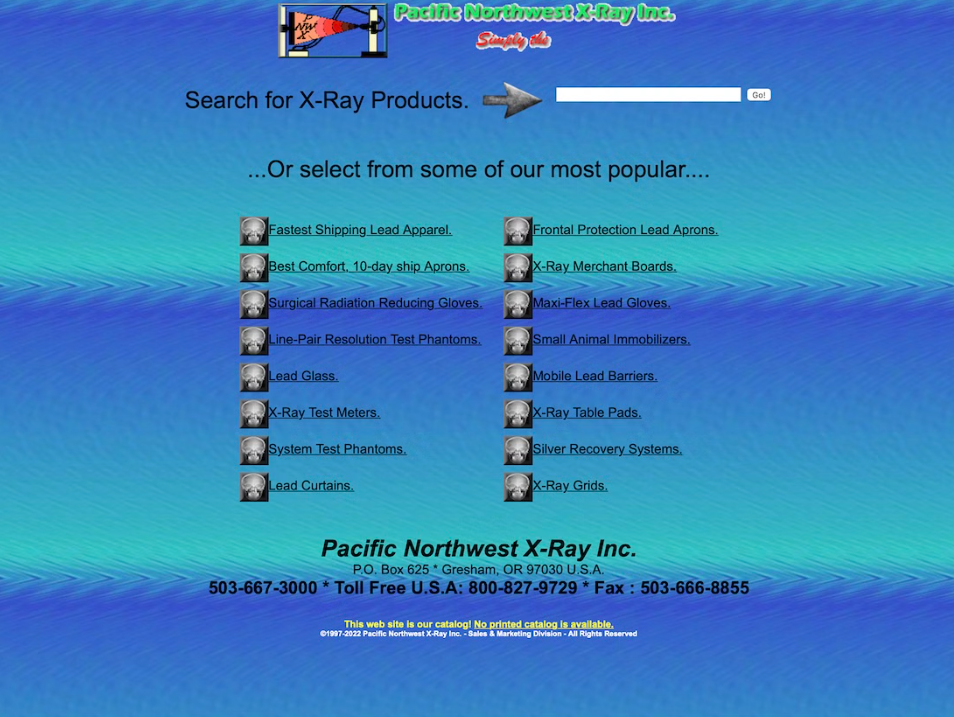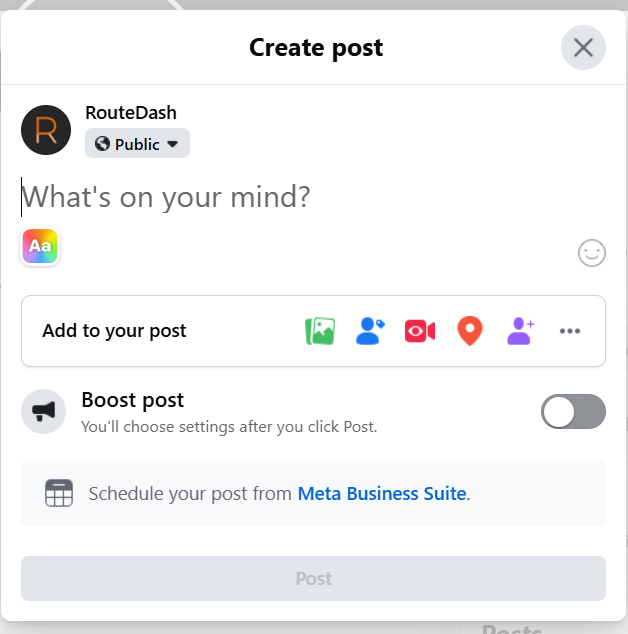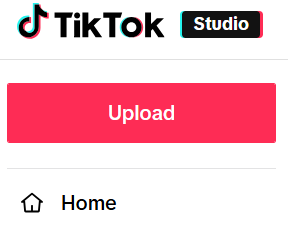#hashtag
Where do I hashtag?

Unless you’ve been hiding away under a rock there’s a good chance hashtags have crossed your path. They’re everywhere. Well, maybe not everywhere, but they’re incredibly prevalent across pop culture moving from a simple way to follow trends to the punchline of jokes and even baby names. There’s a little more involved in simply placing a hashtag in front of random words, though. On a political level, hashtags can fuel a movement while in terms of marketing, they can help build brand awareness and loyalty. Usually, they’re conversation starters, but how did they get that way and what’s the best way to integrate them into your social media strategy?
A brief history of hashtags.
It’s easy to dismiss hashtags as something that’s shown up within the past 20 years, however, hashtags are actually older than a lot of the people who use them. They were first used in 1988 as a way to label groups and topics that were similar in a messaging system called Internet Relay Chat. Their main goal was to make it easier for users to find things they were looking for. From there it was a long road to their first use on social media.
Hashtags may be synonymous with Twitter, but they weren’t always in use. The first hashtag was used on Twitter in 2007, but they weren’t fully utilized until 2009 on the platform. Some social media platforms immediately followed suit, like Instagram, while others were late adopters, like Facebook. Currently, most popular social media platforms use the hashtag system to some extent. In the 20 years it took for hashtags to gain popularity they haven’t actually changed that much. At their core, they are still a way for users to locate information about a specific topic. It’s as simple as entering a hash symbol or pound sign (#) in front of a trending topic or theme and voila! Now your post is easy for other users to find, like, share, and comment on.
Where do hashtags live?
Now that you know what a hashtag does let’s talk about where to use it. It’s safe to say you won't get their full effect if you drop them in an email, text message, or any private communication platform. The idea is to connect to others, so your best bet is to have your social media accounts public with few restrictions on who sees your posts.
As mentioned before, Twitter was the first platform to adopt hashtags, but others began to use them as well with each having their own spin on them. You read that right, there is no one-size-fits-all approach to using hashtags on social media. The silver lining is that for most platforms the less is more approach is best.
Hashtag guidelines on social media.
For Twitter, Facebook, and LinkedIn for example, your goal should be to merge the hashtags seamlessly into your post and only choose the most relevant tags. #yoursentence #shouldn’tlook #likethis. Instead, you want to highlight the 1 or 2 topics or trends you're contributing to. You could say, “Lunch tacos are the best way to celebrate #tacotuesday” or “#tmw we realized we forgot the guac for the tacos”. If you’re not familiar - #tmw, in this context, means “that moment when”!
On the other hand, you have platforms like Instagram and Tumblr which are more of a hashtag free-for-all. On these your goal is to tag a large group, at most 30, hashtags that categorize what you're posting. Since Instagram is a visual medium, you’re tagging all the categories your image fits in. So that awesome picture of your taco could be tagged: #tacotuesday #tacos #foodtruck #lunchtime #omnomnom along with many other options including locations, names of stores, and events.
Oh, and to just throw another wrench in the gears, there are some instances, especially on Facebook and LinkedIn, where you shouldn’t use hashtags at all. In these cases, it’s about contributing to a conversation in a meaningful way and not trying to post something for the most likes, shares, and comments. Your best bet before jumping in is to check out how people on the platforms you plan to use are actually using hashtags. What do your competitors do and more importantly what do your followers do?
Using hashtags for your business.
Hashtags are used in a variety of ways. We use them to add to continuing topics like #throwbackthursday and #photooftheday. A community of “followers” forms around hashtags that attract people with common interests. Similarly, hashtags are used to coordinate movements and bring awareness to issues like #metoo and #blacklivesmatter. As a business, it’s important to tread carefully when broaching social issues. Remember, a lot of this space is to create and strengthen communities. Trying to monetize them may have the reverse effect of causing you to lose followers.
There are plenty of ways to use hashtags for your business that can contribute and help to build brand awareness. Use hashtags to organize posts relating to specific events or stores. You can create your own brand hashtag to help coordinate user-generated content or contests. The world is your oyster, but it’s important to note that creating hashtags will limit your audience until your hashtags gain popularity.
Hashtags within your social media strategy.
If you want to use hashtags in your social media strategy you should mix in ones tailored to your brand as well as other popular (and related) hashtags that add to the public conversation. If you’re unsure of whether a hashtag is being used search for it! You’ll get a taste of what the conversation around that hashtag actually is and how it’s being used.
Hashtags are still an incredibly relevant way to stay in touch and contribute to ongoing conversations on social media platforms. They build communities and help us feel close even though we’re separated by screens. For businesses they can be an extremely useful tool in building brand awareness and as a way to develop and grow your brand personality. They’re worth considering especially since it’s how so many folks are communicating nowadays. So, what are you waiting for? Consider this your #motivationmonday to get your hashtag on!
Need help finding the right hashtags for you? Contact us for a no-obligation consultation with our team of experts today!



